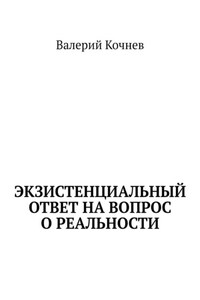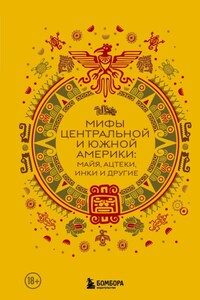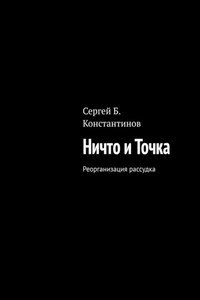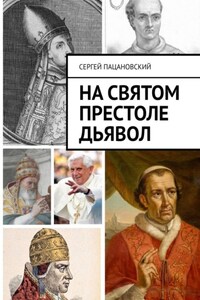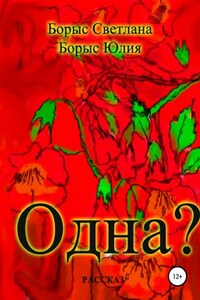During excavations, archaeologists discover ancient images of deities with crosses in their hands, on their necks, and on their chests. In Thebes, the ancient capital of Egypt, on the wall of one temple flaunted the sacred bull Apis, the whole skin of which consisted of a continuous network of crosses. The sign of the cross among the ancient gods was a symbol of their immortality.
Archaeologists studying the life of ancient peoples on the territory of Russia also met with the signs of the cross, ancient people believed that these magical signs protect, protect the dishes on which it was carved. What do these and many other facts say? They say that the cross as a religious symbol, a sacred sign, was known to almost all peoples from the most ancient times of their history.
"In Italy, in the Parma Museum, a vase with the image of a cross is kept. Scientists have established that it was created in the Bronze Age, the beginning of which dates back to the 4th millennium BC. A stone cross was found on one of the Hebrides. In Ireland, a stone monument was found in Crosses were found on various objects excavated by archaeologists during excavations in Babylon and India, Egypt and Greece, China and Korea. In Assyria, the kings wore a golden cross around their necks. which depicted the goddess Astarte. In ancient Rome, the vestals, the keepers of the sacred fire, wore a cross around their necks. It is likely that the ancient people, having received a tool for making fire, perceived it as a gift from heavenly forces. They simply could not explain its origin otherwise. And maybe perhaps once again people were convinced of the divine nature of fire, which played such a huge role in their lives.It is no coincidence that the ancient Iranians in one of their hymns addressed him with the following words: "O fire, almighty lord, rising from the earth – fire, with your sparkling flame you create light in the realm of darkness; you determine the fate of all who bear any name. You fuse copper with tin, you fill the soul of the evil one with horror at night. After all this, can it be surprising that different peoples had a particularly respectful attitude towards deities, one way or another connected with fire! , 1988, pp. 24-25).
The culprits were two ordinary sticks, with the help of which the primitive man learned to make fire. It was such a discovery that we, people of the 20th century, find it difficult to understand and appreciate. After all, for a long time man lived and wandered without fire. Then, when people borrowed fire from nature itself, they carefully guarded it. At the sites of primitive man, archaeologists discover traces of fires with a thick layer of ash – up to seven meters. This means that people kept the fire in the cave for several human generations. The first wars between tribes must have been over fire. A simple wonderful tool – wooden bars folded crosswise – began to be revered as sacred. A grateful person deified both fire and the instrument for obtaining it. Was it not a miracle that, roaming the vast expanses of the earth, he carried with him light, warmth, hot food, true protection from wild animals. All this was hidden in two crossed sticks, the sign of which gradually turned into a magical, divine symbol.
Over time, people began to place this sign on household utensils, clothes, and jewelry. They believed that the cross-shaped sign protects them from evil spirits.
"The cross is a Christian symbol and an object of worship in many religions, to which supernatural magical properties are attributed. The shape of the cross developed in antiquity, apparently by analogy with the position of two wooden sticks when making fire through friction, which was of great importance in the life of primitive people. The veneration of the cross became widespread in ancient religious beliefs. From polytheistic religions, the cross passed into monotheistic. Buddhists decorated the cross with "imprints of the feet of the Buddha" and depicted the cross on their amulets. Christianity also adopted the symbol of the cross and associated it with the crucifixion of Jesus Christ, who allegedly suffered for the sins of people. The cross as a sacred symbol is recognized by Orthodoxy, Catholicism, Lutheranism. Some Christian denominations do not recognize the sacredness of the cross, such as Baptists, Adventists and a number of other Protestant denominations. The cult of the cross in Christian churches serves as one of the means of instilling in believers the need to follow the example of Christ, who patiently carried his cross to Golgotha, humbly accepted the trials that fell to his lot "(Atheist's Pocket Dictionary. Moscow, edited by M.P. Novikov, political literature publishing house , 1985, p. 133) It is also noted in the "Atheistic Dictionary": "The cross is a sacred symbol in Christianity, an object of religious veneration in Orthodoxy and Catholicism. According to the Christian version, Jesus Christ was crucified on the cross, which was the basis for turning the image of this execution tool into a religious symbol. In fact, scientific evidence shows that the cross was venerated in pre-Christian cults. His images were discovered during archaeological excavations in different parts of the world, in particular, in South America and New Zealand. It has been established that it served as an object of worship of the ancient peoples as a symbol of fire, which was originally obtained by rubbing two crossed sticks, a symbol of the sun and eternal life. In early Christianity, the veneration of the "pagan symbol" was rejected. Only in the 4th century, after the mother of the Roman emperor Constantine, Elena, on a pilgrimage to Palestine, allegedly found the cross on which Christ was crucified, his official veneration was introduced in Christianity. Images of Jesus crucified on a cross for the first time are found in the 8th century. In different Christian movements, different crosses are revered: among Catholics – four-pointed, among Orthodox – four-, six-, eight-pointed, among Old Believers – eight-pointed. she really discovered the cross, which was the instrument of the execution of Jesus, then an exact copy of it would become a sacred symbol for all Christians. It was also established that criminals in ancient Rome were executed not on crosses, but on a pillar with a crossbar. Thus, the Christian version does not stand critics. Scientific evidence supports the conclusion that Christians borrowed the veneration of the cross from other cults. This, in particular, is the reason that in some Christian currents the cult of the cross is rejected (Baptists, Adventists, other Protestant churches)." (Atheistic dictionary. Moscow, under the general editorship of M.P. Novikov, publishing house of political literature, 1985, pp. 218-219).





